Capturing Life Through the Lens: An Interview with Philippe Lissac, Co-Founder of Godong Photo Agency
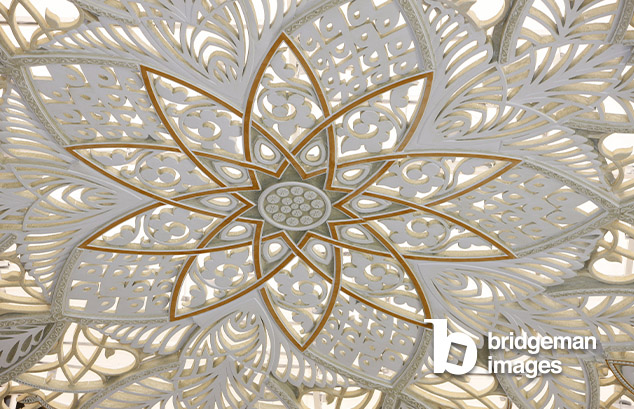
The Godong Photo Agency is a collection of high-quality images captured by diverse photographers worldwide. Established in 2003, the agency's extensive archive features a wide variety of subjects, including travel, lifestyle, culture, and nature.
One of the agency's notable features is its focus on Asia and its people. Godong's presence in Southeast Asia provides a unique perspective on the region's culture, traditions, and landscapes.
%20_%20%C2%A9%20Fred%20de%20Noyelle_Godong%20_%20Bridgeman%20Images.jpg)
How did your passion for photography start and how did your career as a photographer develop?
I became interested in photography in my teens. My father gave me a Kodak Retina camera and explained how to set the aperture and shutter speed. He used to bring home issues of Reporters Objectif magazine that he picked up at the shop where his pictures were processed. I bought an enlarger and set up a darkroom at home. As a teenager, I shot mostly portraits (of girls…) and travel pictures.
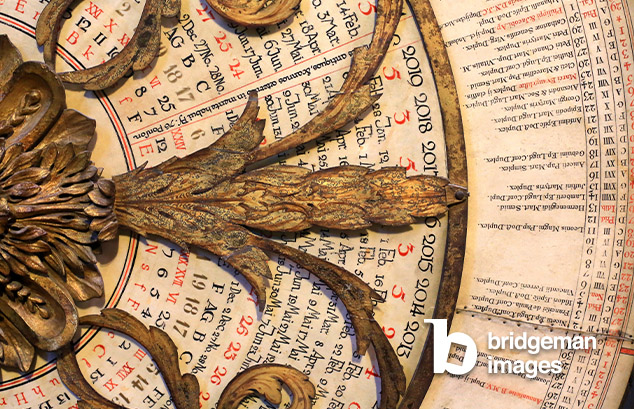
After studying English I became a teacher but had no real vocation for the job. I spent most of my holidays travelling and shooting pictures and decided to switch to photography. So I signed on with a stock agency and took a year off teaching to try and become a professional photographer. I travelled to India and Bangladesh to work on features and stock. As my sales were not sufficient to make a living, I went back to teaching for a year, during which I signed on with a press photo agency. Sales started picking up and I decided to take another year off and travel to Asia with my wife. Every month I would send a kg of films to the press agency and they started selling them right away. My first feature stories got published, mostly in black and white on social topics. But during that trip and subsequent ones, I also shot a lot of religious subjects, which I found visually attractive and were one of the specialities of one of my two agencies. When I returned from that year-long trip, they started giving me assignments. I still had to do some work relating to my teaching job to make ends meet (such as translation) but I never returned to teaching in the public sector.
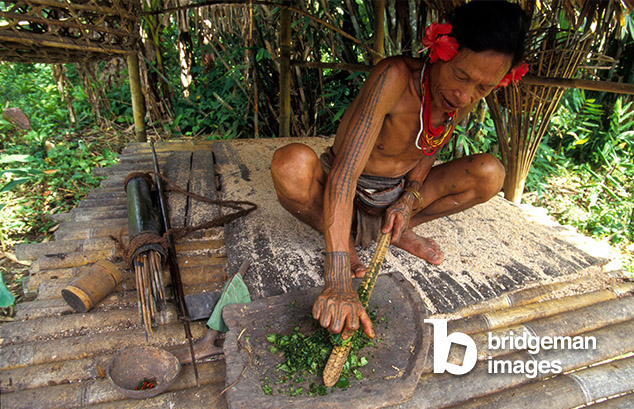
Tell us about how your collaboration with Pascal Deloche and the agency Godong was born.
One of the magazines I used to work for, a catholic monthly, sometimes had meetings where all the freelancers came and made suggestions. That’s where I met Pascal, who, at the time, worked with humanitarian organizations and did features with his journalist partner. When the world of photography changed drastically with the rise of digital and U.S. agencies, he suggested we launch our own agency as it was becoming possible to rent digital asset solutions and run photography businesses from home. We spent a year discussing the pros and cons, sometimes with a couple of other interested persons. Still, they didn’t stay on board and launched Godong in 2003 at Visa pour l’Image in Perpignan, with religions and developing countries as our main specialities.
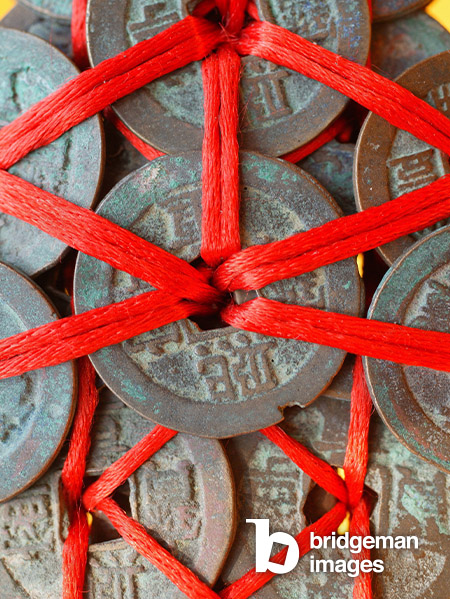
Are there institutions you have most enjoyed collaborating with or material you consider most intriguing from a photographic and historical point of view?
I enjoy collaborating with the NGOs and foundations that give me assignments and with the agencies which are not faceless entities like a big one I will not name!
We used to attend CEPIC and make friends with staff from partner agencies worldwide, which was very pleasant.
_%20Kopan%20monastery%2C%20Kathmandu%2C%20Nepal%20_%20Godong%20_%20Bridgeman%20Images.jpg)
I love switching from one environment to another. In December, I went to Western India to photograph 2 microfinance agencies and human stories. In between, I visited Ellora and Ajanta, where I could take my time and silently photograph archaeological caves. And in the end, I spent four days in an ecovillage where I could take a yoga holiday but also photographed their temples, rituals, and women tending their beautiful gardens. This is quite typical of my trips, a variety of topics. Flaubert said everything is interesting if you look at it long enough…
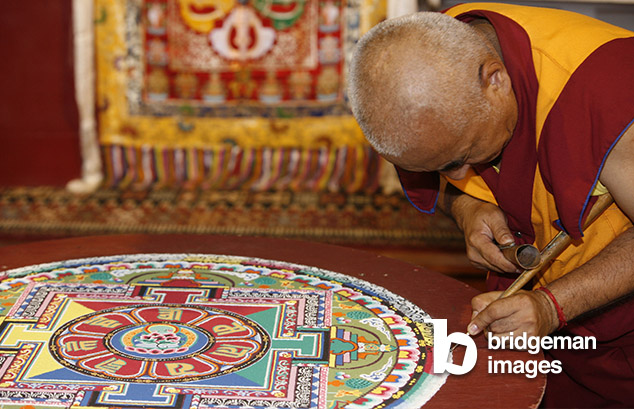
What is most exciting and memorable about your assignments abroad?
My assignments abroad are usually on microfinance agencies and farmers/producers’ cooperatives. First, I love the human aspect because I visit these people either at their homes or at their workplaces and so I see how they live and think as I also interview them. I also spend a lot of time with the staff of the organizations I have to photograph as they take me around to visit the clients and members and it gives me an insight into their visions of our world. What is special is that I can direct my “subjects” as I have to make the pictures look good for my corporate clients who use them in their communication and they usually cooperate. It’s always challenging as when I arrive, there are often problems to solve, such as poor lighting, untidy premises, or whatever. And for them, I think it’s a pleasant break to meet a well-travelled west European photographer! I’m always amazed by the instant bond created between people by photography. I often leave their places with presents from their garden or workshop.
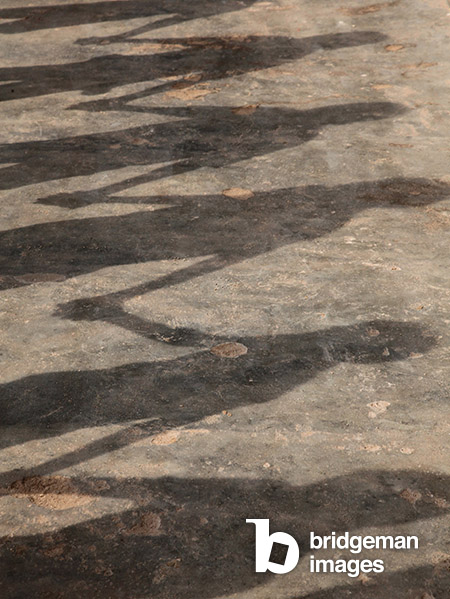
Do you have a favourite place or country you love travelling to and photographing, and why?
Not really. Everywhere I go, I find ugliness and vulgarity alongside grace and beauty. Sometimes I fall in love with a place and decide I have to go back there ASAP (like Ecuador 2 years ago), but another assignment takes me elsewhere. One thing I like to do is explore a place or community in the long run, as I did for several years with Sufis, then Krishna devotees, then a zen sangha in France and abroad. The longer I stay, the more acceptance I get from these communities and I can photograph them at close range. I like to be among them even though I am not one of them. And they see the work I produce, like it and understand why I must come so close to producing the kind of pictures I search for.
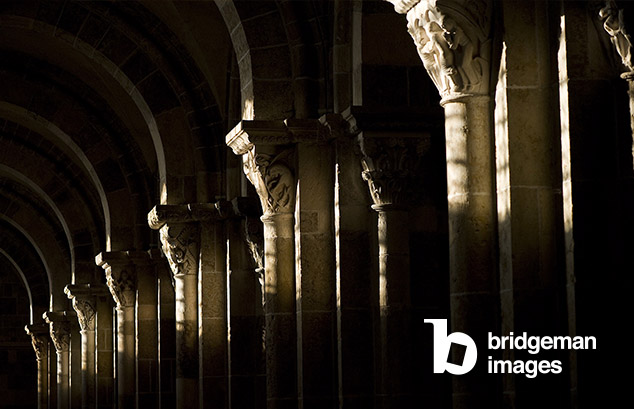
Your profession and technology in general have evolved a lot over the years. What do you think is the biggest challenge for a photographer nowadays?
The challenge is to re-invent your job every now and again. For 15 years, I was a photojournalist, then solely a stock photographer during the rise of Godong and now I still shoot a lot of stock but finance most of my trips abroad with corporate assignments.
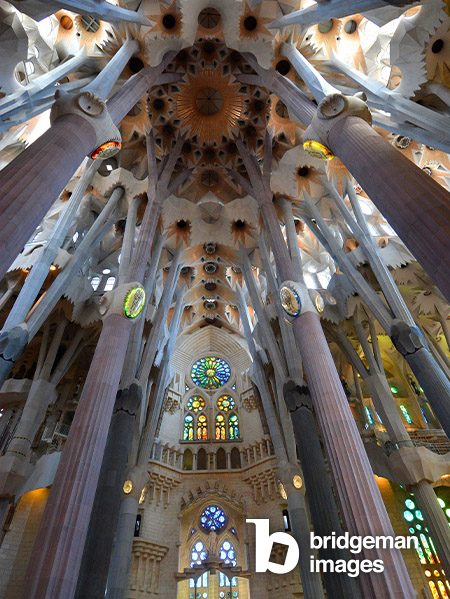
What led you to expand your profession to the field of art and cultural heritage photography?
For many centuries the chief subject for artists was religion so it was logical for us who specialize in religions to approach art and cultural heritage photography. Digital cameras have facilitated this shift as they make it possible to get good pictures even in places like churches where light is often poor. Our knowledge of religion and of clients’ requests pushes us to look for details and symbols such as doves symbolizing the holy spirit or close-ups of sinners in hell in paintings depicting the Final Judgment.
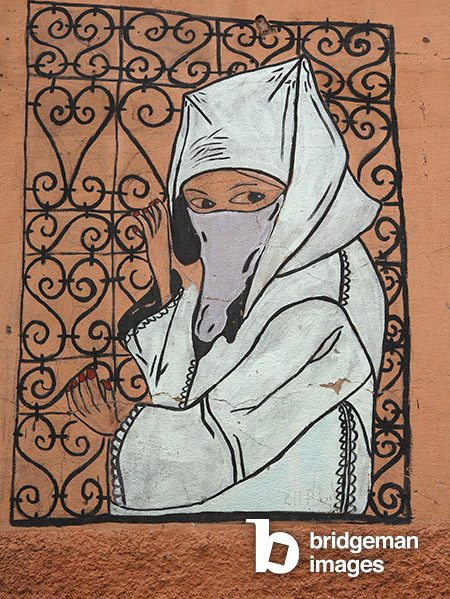
Discover the Godong Photo Agency image collection available on our website.
Get in touch with our team; we are always happy to help with your research at no obligation or additional cost.
Register or connect to our site to access exclusive tools, including faster image and video downloads.



